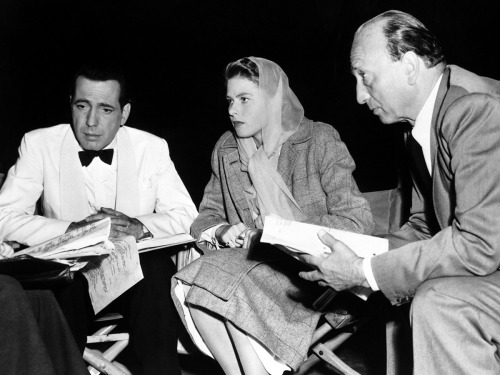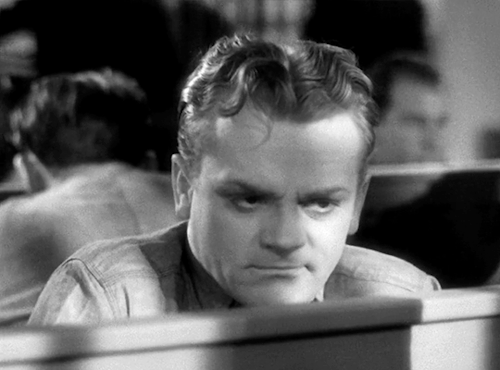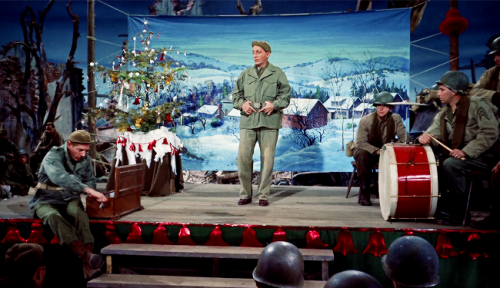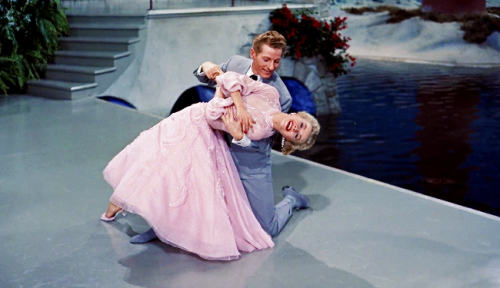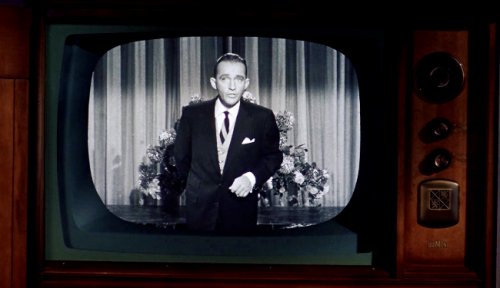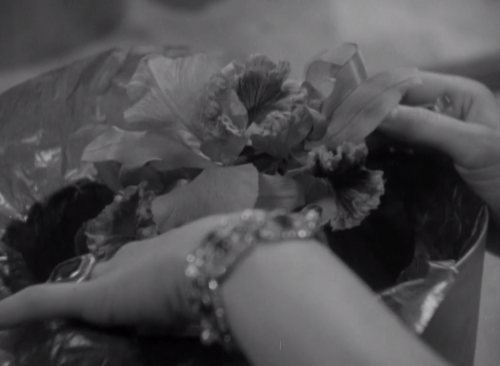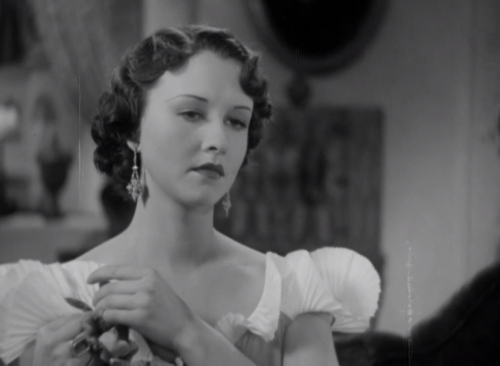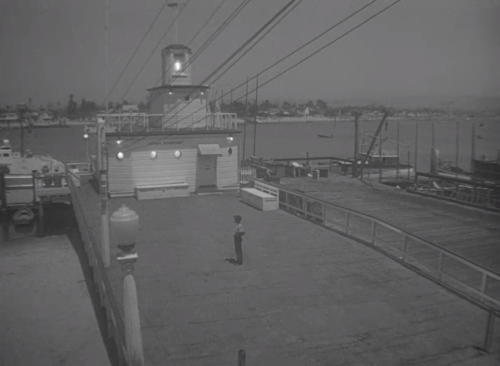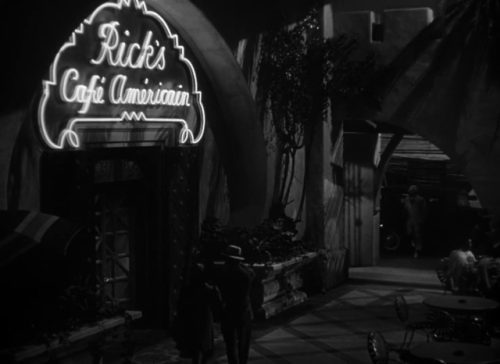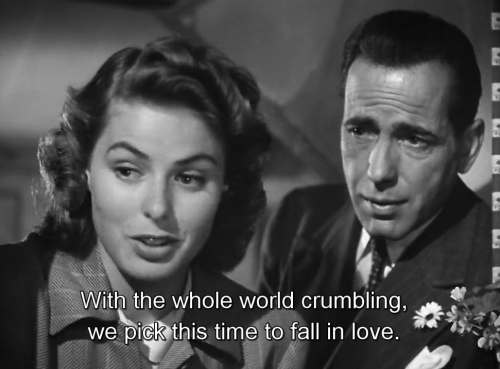#michael curtiz
“ Whadda ya hear! Whadda ya say! “
Angels with Dirty Faces ( 1938)
Directed by: Michael Curtiz.
Post link

Myrna Loy looking like she’s just stepped off the Starship Enterprise, when in fact she’s about to step on to Curtiz’s Noah’s Arc (1928).



“Louie, I think this is the beginning of a beautiful friendship.”
Casablanca (1942), Michael Curtiz

The Star
Born into show business, Dolores Costello’s parents, Maurice and Mae, were both performers on stage and in early films for Vitagraph. Dolores had multiple credits in Vitagraph films before she even celebrated her tenth birthday. In fact, I’ve already covered one of Dolores’ early films on this blog, as part of my Christmas movie throwback list.
As Dolores and her sister Helene aged out of child roles, they hopped over to New York and worked as models and on stage for Florenz Ziegfeld. Famed Broadway producer Ziegfeld ran a series of very successful revues on Broadway featuring showgirls who exemplified a specific brand of free-wheeling, vigorous femininity. Such was their popularity that the nickname “Ziegfeld girl” had nationwide recognition. Many Ziegfeld girls found success on film – Dolores and Helene were brought back to the movie business by Warner Brothers. After some minor roles, Dolores was picked by John Barrymore to star alongside him in The Sea Beast (1926), which was loosely inspired by the novel Moby-Dick. Dolores’ star rose dramatically over the next few years and she would marry Barrymore in 1928.

The Cosplay
When I originally saw these portraits of Costello, I immediately wanted to recreate them in closet cosplay. But, even now, I haven’t been able to definitively pinpoint when they were taken or if they were taken to promote a specific film. Based on her styling, I reckon they were likely shot around 1928-29. Then I came across an uncited suggestion that they were taken during the production of Noah’s Ark (1928). So, I watched it and the assumption seems probable. I did not intend to make this a post about a movie, but Noah’s Ark is so interesting, I couldn’t help myself!

The Film
Noah’s Ark is fascinating. It stands firmly between the silent and sound eras. Darryl F. Zanuck conceived the film as a dual story: a World War I romance tale and a creative retelling of the story of Noah from the book of Genesis. Originally planned as a fully-silent epic, the production of Noah’s Ark was extended due to the emergence of talkies. Sound segments were filmed making Noah’s Ark one of many hybrid films made in this transitional period. Though it was released at the end of Hollywood’s sound/silent hybrid cycle, it was a big box office success.

The film begins with a preface likening biblical stories to contemporary life, easing the viewer into the mirrored story of the flood/WWI. The story commences with our cast of characters on a train traveling through Europe, carrying a very international crowd. We meet two all-American types, Travis (George O’Brien) and Al (Guinn “Big Boy” Williams), a German showgirl, Marie (Costello), a minister (Paul McAllister), and a Russian intelligence agent, Nickoloff (Noah Beery). The train is violently derailed over a bridge, but Travis and Al manage to save Marie and end up at a local inn with other survivors, including Nikoloff. Travis saves Marie once more that night, as Nickoloff sneaks into her room with ill intent. At the same time, soldiers arrive at the inn announcing that war has broken out.
Later, in Paris, Marie and Travis have fallen in love and marry, while Al enlists in the army. Travis finds it hard to say goodbye to his good friend and gets swept up when he sees Al marching away. Travis quickly joins up too, leaving Marie to fend for herself–a German citizen stuck in France in the middle of the war(!!!). All three lose touch. In a heart-wrenching turn of events, when Al and Travis by chance end up in the same trench together, the chaos of the battlefield leads Travis to accidentally kill Al with a grenade. Back in the city, Marie has resumed working as a showgirl where she is recognized by Nickoloff, who has her arrested as a German spy. Nickoloff plants evidence on her and uses his influence to ensure that she gets the firing squad. In another chance encounter, one of the military men assigned to carry out the execution is Travis, who immediately attempts to stop the execution. At that moment, however, a German attack buries the whole lot of them under a ton of rubble. As they sit without much hope of survival, the minister (the same one from the train), recounts the story of the flood.
Noah (McAllister) lives in a kingdom ruled by King Nephilim (Beery) who worships a god called Jaghuth. God warns Noah of the oncoming flood and Noah has his sons begin constructing a massive ark. One of Noah’s sons, Japheth (O’Brien), is in love with their servant girl, Miriam (Costello). King Nephilim plans to sacrifice Miriam and kidnaps her. When Japheth tries to save Miriam, he is captured, blinded, and forced into hard labor. The flood comes suddenly just as Miriam is about to be killed. Japheth manages to escape his chains and his sight is restored divinely. He finds Miriam and the two make their way to the ark. Meanwhile, a whole menagerie of animals also make their way to the ark while masses of people are battered by waves and washed away.
Returning to the 1910s, the people buried under the rubble are rescued and learn that the armistice is signed and the war is over.
READ MORE below the jump!
The production of this film was a massive undertaking. All of the special effects are dazzling. The compositing, miniature work, and matte paintings all really stood out to me. Now, the flood sequences were a lot to take in. It’s been reported that some stunt performers were killed filming these scenes and many were badly injured. I managed to track down five different books that report this, all with slightly different accounts. However, none of them cite a source for this information, so I’m not sure how much of it is apocryphal. Regardless, it’s easy to believe. Many of the shots of the flood waters bombarding these extras are wide shots with lots of people and lots of water. Trying to film those shots while adequately monitoring the safety of all performers seems likely impossible. (One reason we should be very grateful for CG nowadays IMO.)
I’d honestly recommend this movie broadly because its excess alone is remarkable and the dual-story format is entertainingly strange. However, watching this on the other side of the Second World War makes the hopeful ending totally gut wrenching.
Also, the relationship between Al and Travis is so so so queer. O’Brien and Williams have a lot more chemistry together than O’Brien and Costello. But, honestly, that chemistry imbalance actually makes the 1910s section more interesting.
Despite the film’s extended production, it made a very tidy profit. While Costello’s films during the silent/sound transition were popular, she had a minor speech impediment that made the process bumpy for her. And so, a few years later, Costello chose to retire to focus on raising her children. After divorcing Barrymore, Costello made a strong, but unfortunately short comeback to films. Thankfully, before her re-retirement in the 1940s, we all got her wonderful turn in The Magnificent Ambersons(1942).

Dolores Costello, for me, represents a kind of sehnsucht. The fits and starts of her career gave us captivating glimpses at what could have been a full and ranging filmography, but never came to fruition. Noah’s Ark is one of those glimpses. The gravity of Marie’s situation settling on to her is so effectively communicated through Costello’s face and body language–all of the uncertainty, anxiety, abandonment–that little needs to be made explicit in the 1910s section. What a gift she had!

White Christmas (dir. Michael Curtiz, 1954)
With every Christmas card I write, "May your days be merry and bright, and may all your Christmases be white.”
Post link
IMPORTANT NEWS (That only I and a few other people will care about): I am officially upending the long-held notion that the truck chase scene in “Raiders of the Lost Ark” (perhaps the greatest action sequence ever filmed) was an homage to John Ford’s “Stagecoach” chase scene. As much as I love Ford, the parallels never really stuck for me, other than men jumping from moving objects. BUT I am now prepared to state unequivocally that Spielberg’s truck scene is in fact inspired by Michael Curtiz’s 1940 “Virginia City” starring Errol Flynn (which is itself inspired by the success of Stagecoach the year before)! The parallels are inescapable, including the reversal of places while driving, climbing along the sides of a moving vehicle, the vehicle traveling along side cliffs, even someone falling off the front, holding onto the bottom, and then being dragged and climbing up again. Mr. Spielberg, I await your apology, and vindication of my efforts.
Post link

Liliane Montevecchi-Elvis Presley “El barrio contra mí” (King creole) 1958, de Michael Curtiz.

Humphrey Bogart and Ingrid Bergman in CASABLANCA (1942). Dir. Michael Curtiz
The Adventures of Robin Hood premiered in New York City on 12 May 1938.
Directed by Michael Curtiz (who had also directed Errol Flynn, Olivia De Havilland, and Basil Rathbone in Captain Blood 2 years earlier), Robin Hood was the most expensive film for Warner Bros. to date, but the film was a huge international success, earning back more than double its $2 million budget.
The film was nominated for 4 Academy Awards, including Best Picture (which went to You Can’t Take it With You), and received 3 Oscars: Best Editing (Ralph Dawson), Best Art Direction (Carl Jules Weyl), and Best Original Score (Erich Wolfgang Korngold). Michael Curtiz was nominated for 2 Academy Awards that year (Angels with Dirty Faces, and Four Daughters) but not for Robin Hood.
Post link
“Of all the gin joints, in all the towns, in all the world, she walks into mine.”
Casablanca (1976) dop. Arthur Edeson
dir. Michael Curtiz
Post link
Bette Davis and Errol Flynn in The Private Lives of Elizabeth and Essex directed by Michael Curtiz, 1939.
Post link

